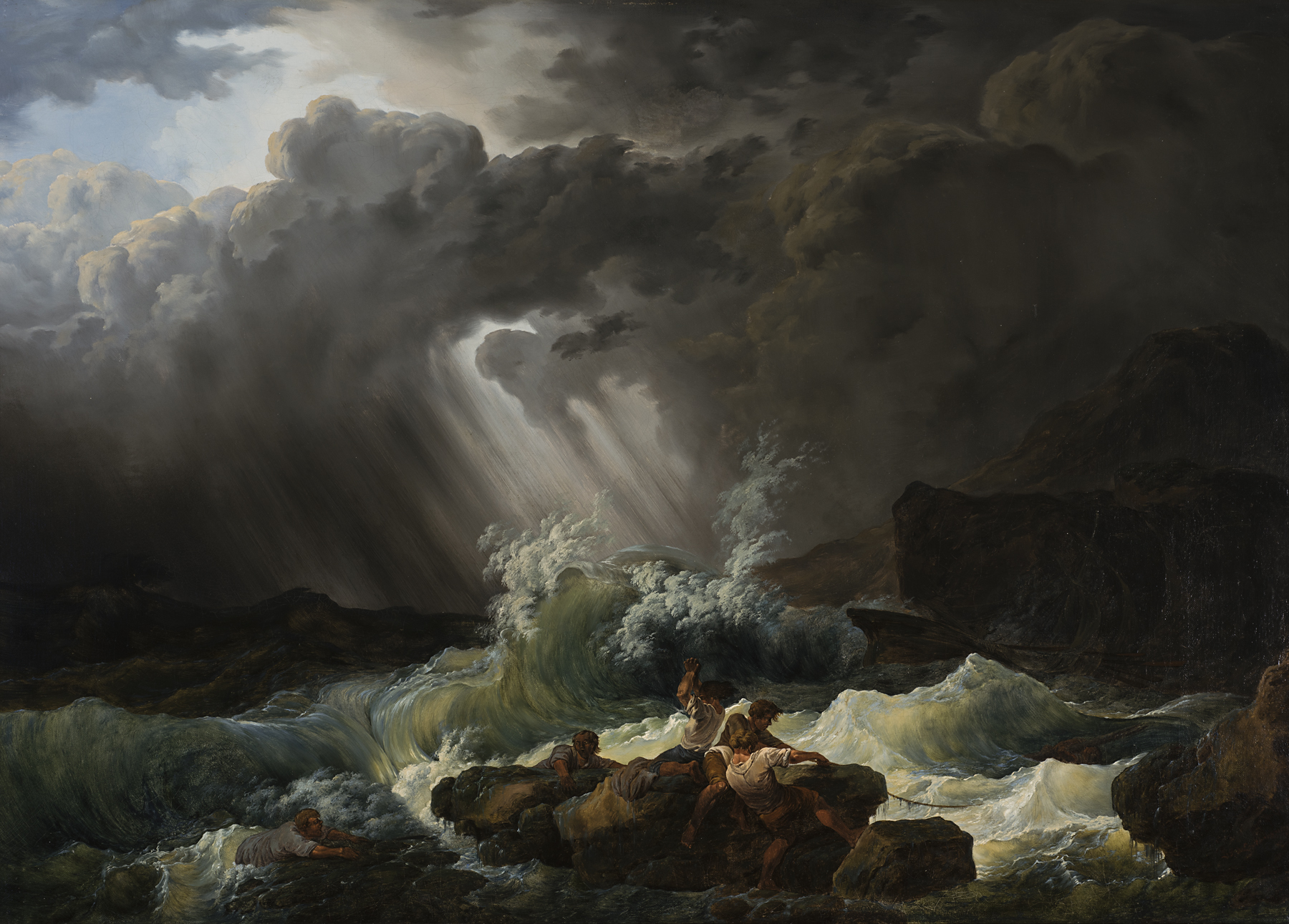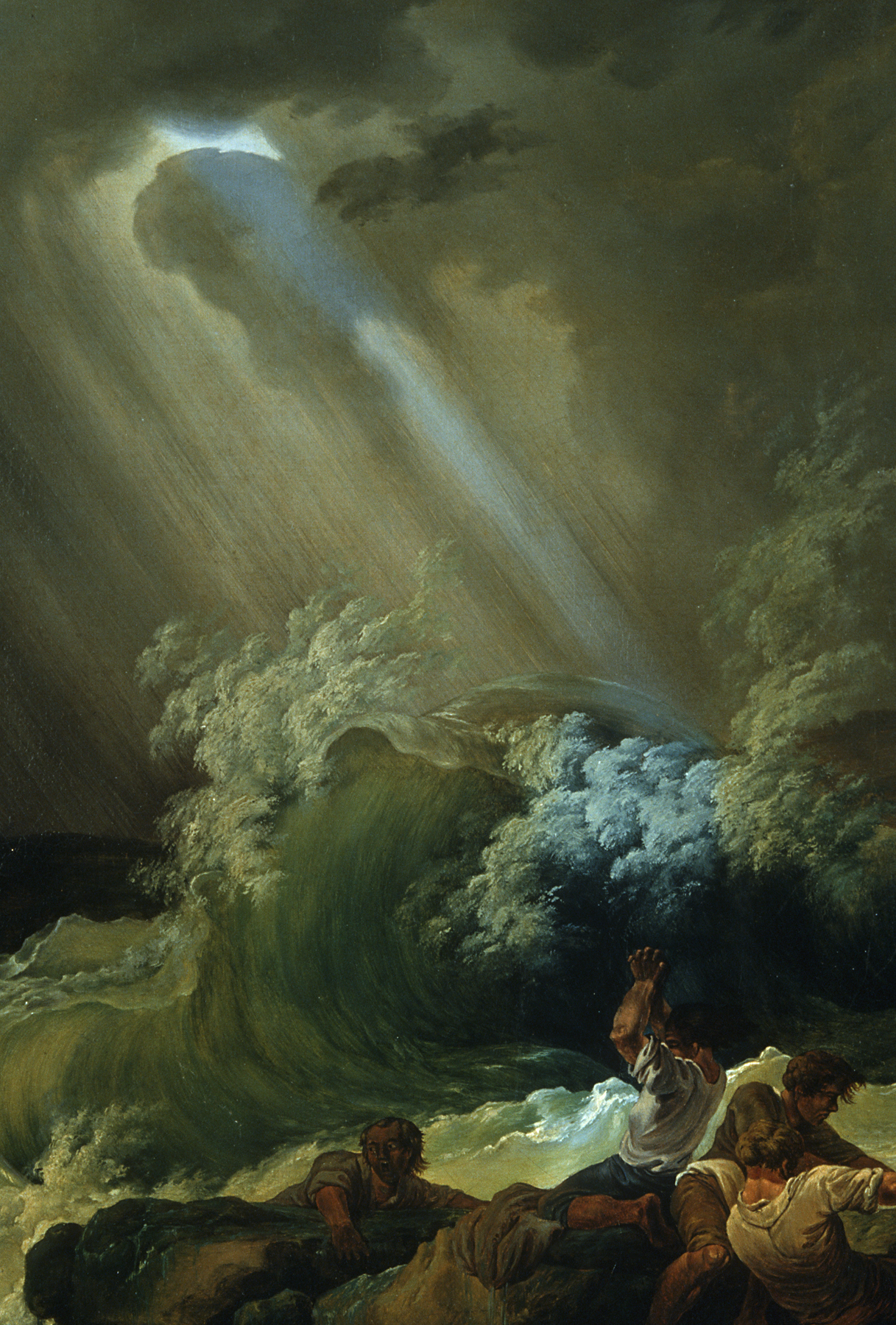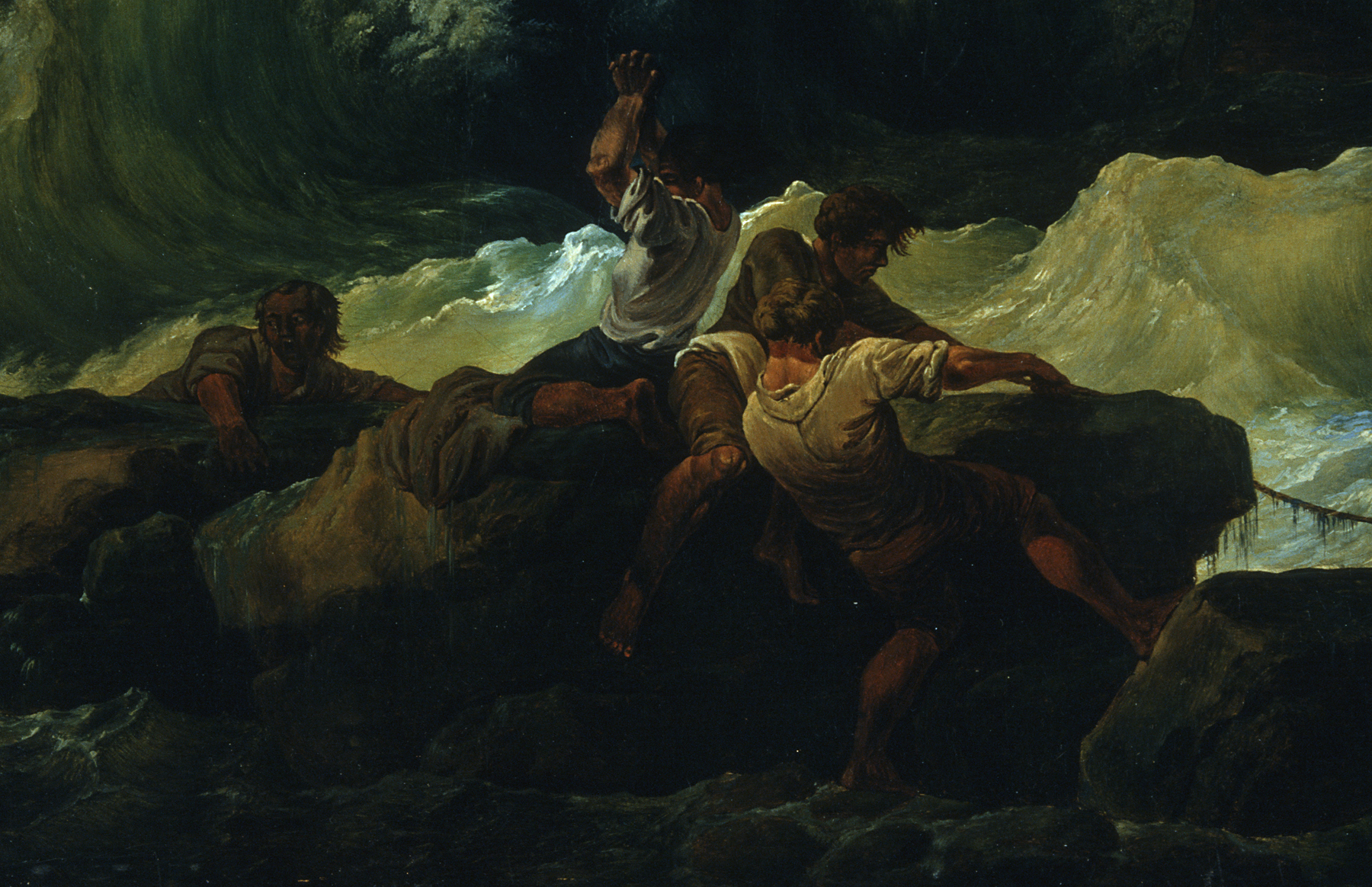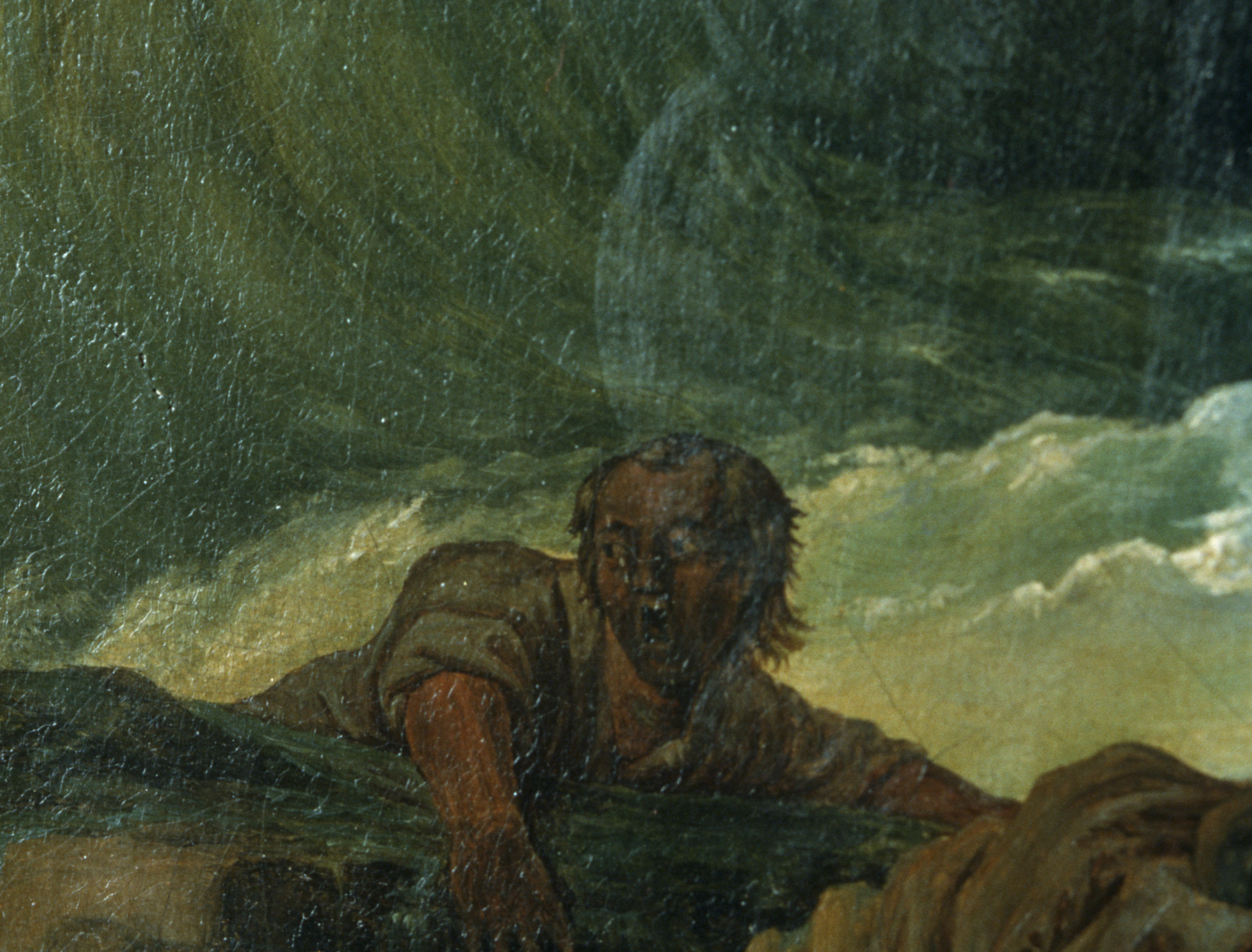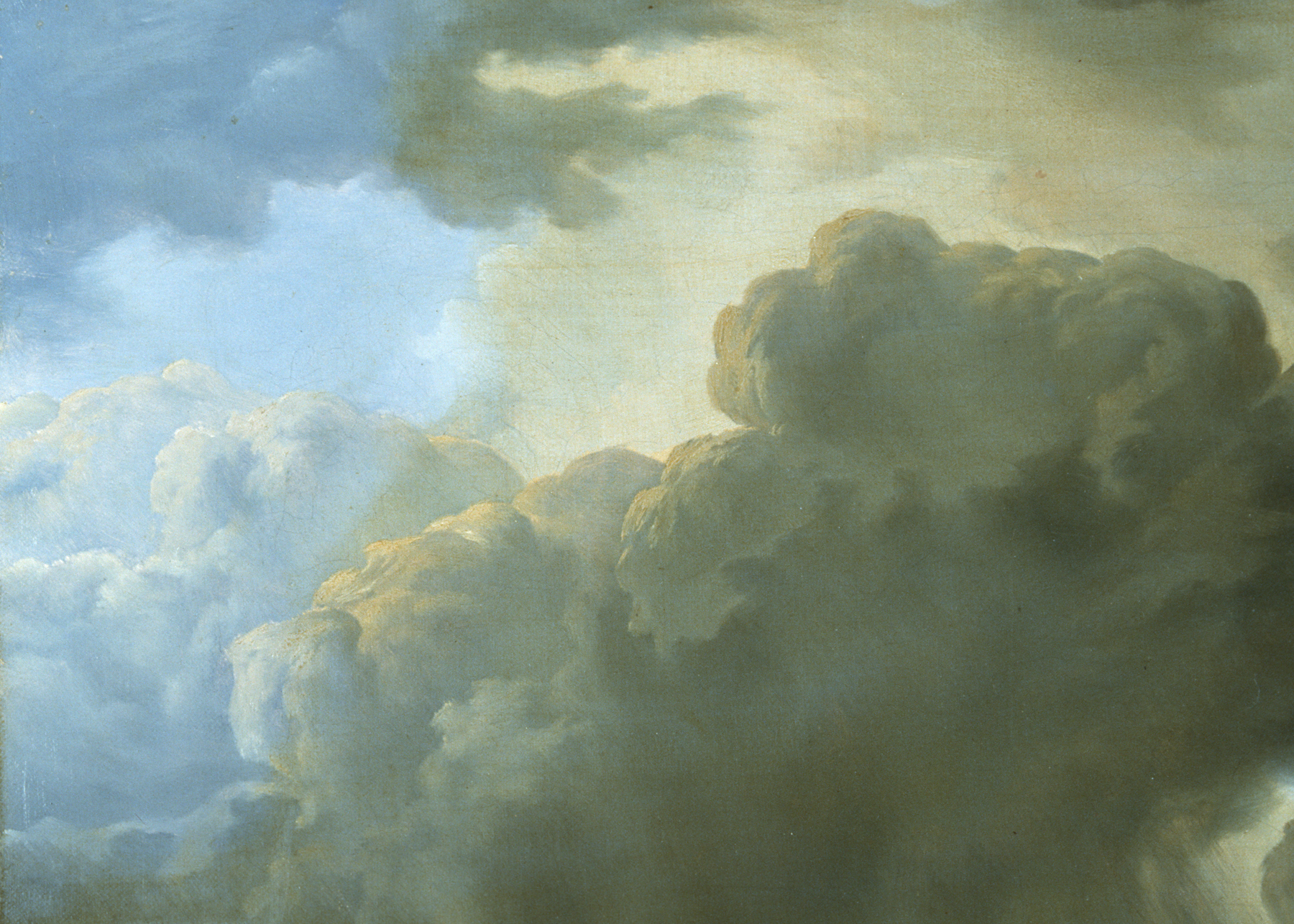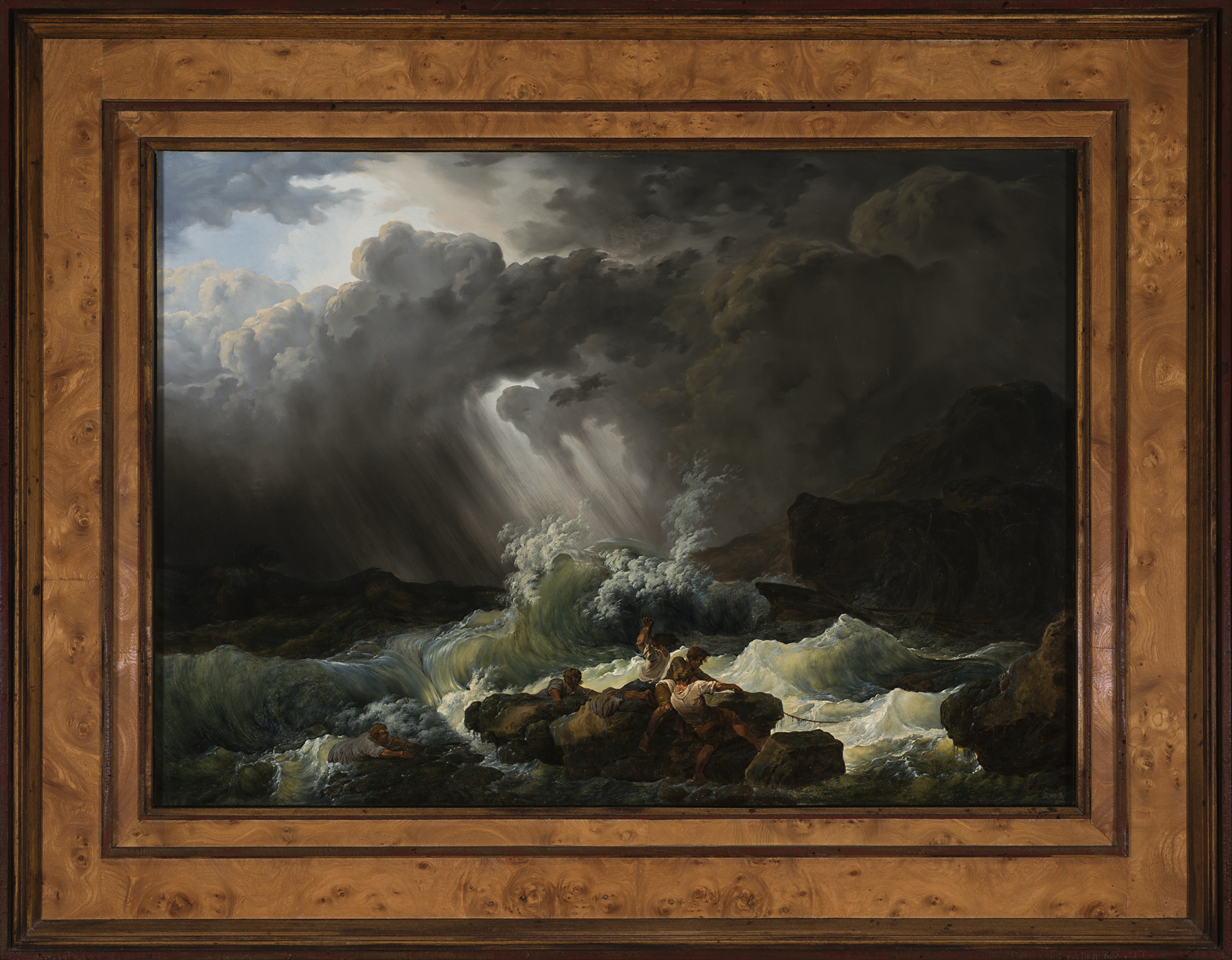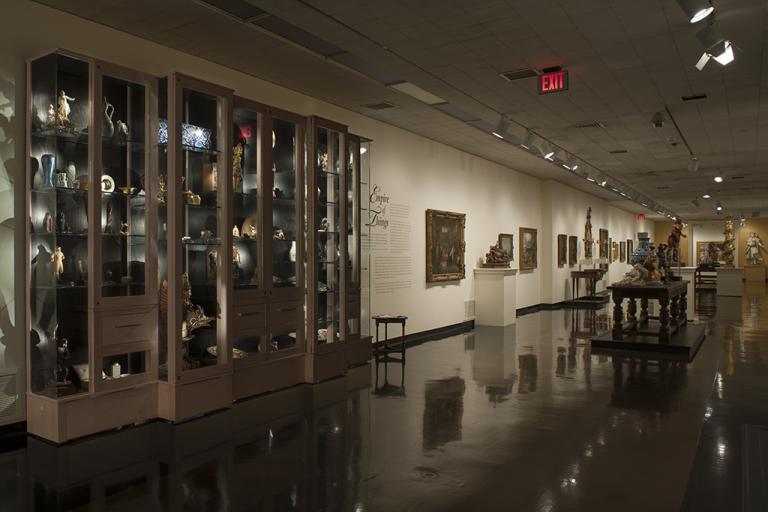A Shipwreck, Philip James de Loutherbourg
Artwork Overview
Philip James de Loutherbourg, artist
1740–1812
A Shipwreck,
circa 1770
Where object was made: France
Material/technique: canvas; oil
Dimensions:
Canvas/Support (Height x Width x Depth): 59 x 82.5 cm
Canvas/Support (Height x Width x Depth): 23 1/4 x 32 1/2 in
Frame Dimensions (Height x Width x Depth): 32 3/4 x 42 1/4 x 3 1/4 in
Canvas/Support (Height x Width x Depth): 59 x 82.5 cm
Canvas/Support (Height x Width x Depth): 23 1/4 x 32 1/2 in
Frame Dimensions (Height x Width x Depth): 32 3/4 x 42 1/4 x 3 1/4 in
Credit line: Gift of Donald Sloan in honor of Professor Marilyn Stokstad
Accession number: 1985.0204
On display: Kress Gallery
If you wish to reproduce this image, please submit an image request
